 Eolo Lodge - Patagonian bliss. Photo copyright mine.
Eolo Lodge - Patagonian bliss. Photo copyright mine. Admittedly, during our 3 days, we only scratched the surface of this incredibly diverse region, so we accompanied our virtual date with some TV-based research. I recommend this 3 part series from the BBC which will help you get a feel for the place.
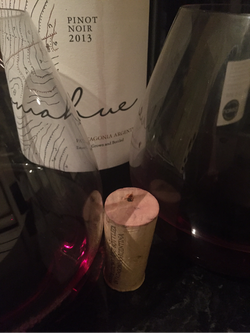 £10 from Marks and Spencer 14% abv (Suitable for Vegans)
£10 from Marks and Spencer 14% abv (Suitable for Vegans) Regular readers will know that Mr Purple Teeth is not the hugest fan of Pinot Noir, and on opening this one, I feared the worst. It was relatively pale red, and light and bright rather than deep and dark. It looked really appealing to me in my Riedel stemless Pinot Noir glasses.
Marks and Spencer are proving a useful high street store for our virtual travel dates. The range of countries covered is far greater than any of the other supermarkets, and all the wines we've had so far have been a hit with Mr Purple Teeth. That's no mean feat. He was quite happy with this one, and enjoyed it's smooth out feel and black cherry fruit expression. The wine matched really well with our venison dish.
It had a good medium body and some fruits of the forest notes along with some spicy notes from it's French oak ageing. Relatively simple, it was nicely juicy, coming from some of Argentina's most southern vineyards.
What marked this wine out was it's versatility. It was the week before Christmas and the house was full of cheese. An impromptu dessert of vintage Cheddar, Gruyere, Epoisses and Gorgonzola Picante was served. The wine paired successfully with all of these cheeses, many of which struggle with a lot of red wines.
This will be it's main selling point when we're not armchair travelling and watching BBC documentaries on the region.
Rating: Buy Again.
Cheers!
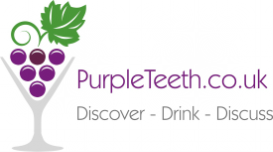

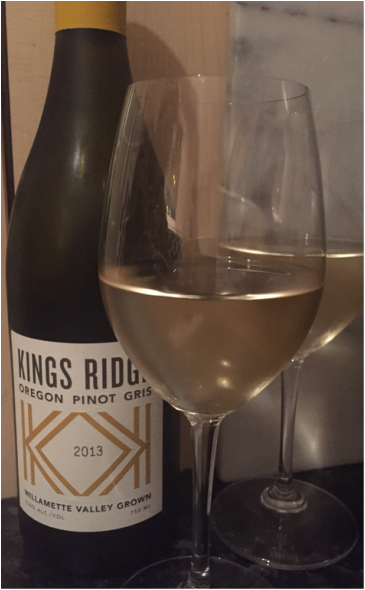
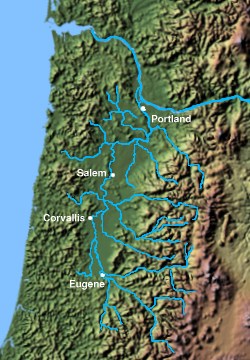
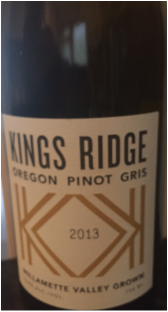

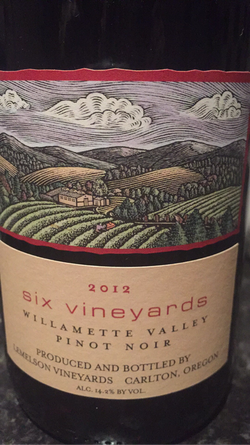

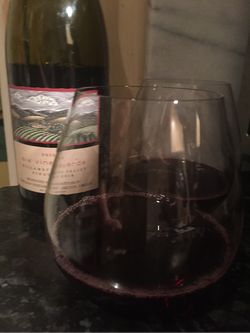
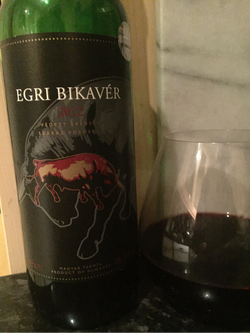
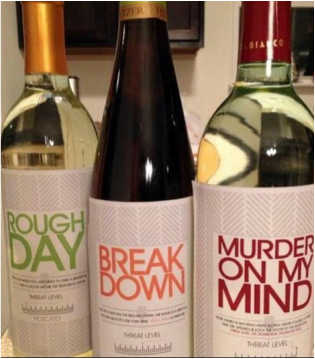
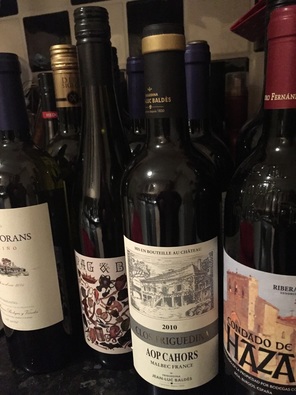
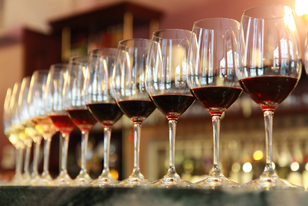

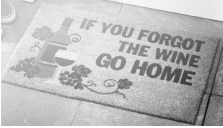
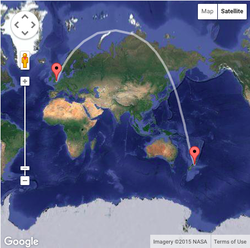

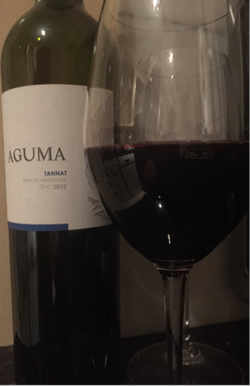

 RSS Feed
RSS Feed
